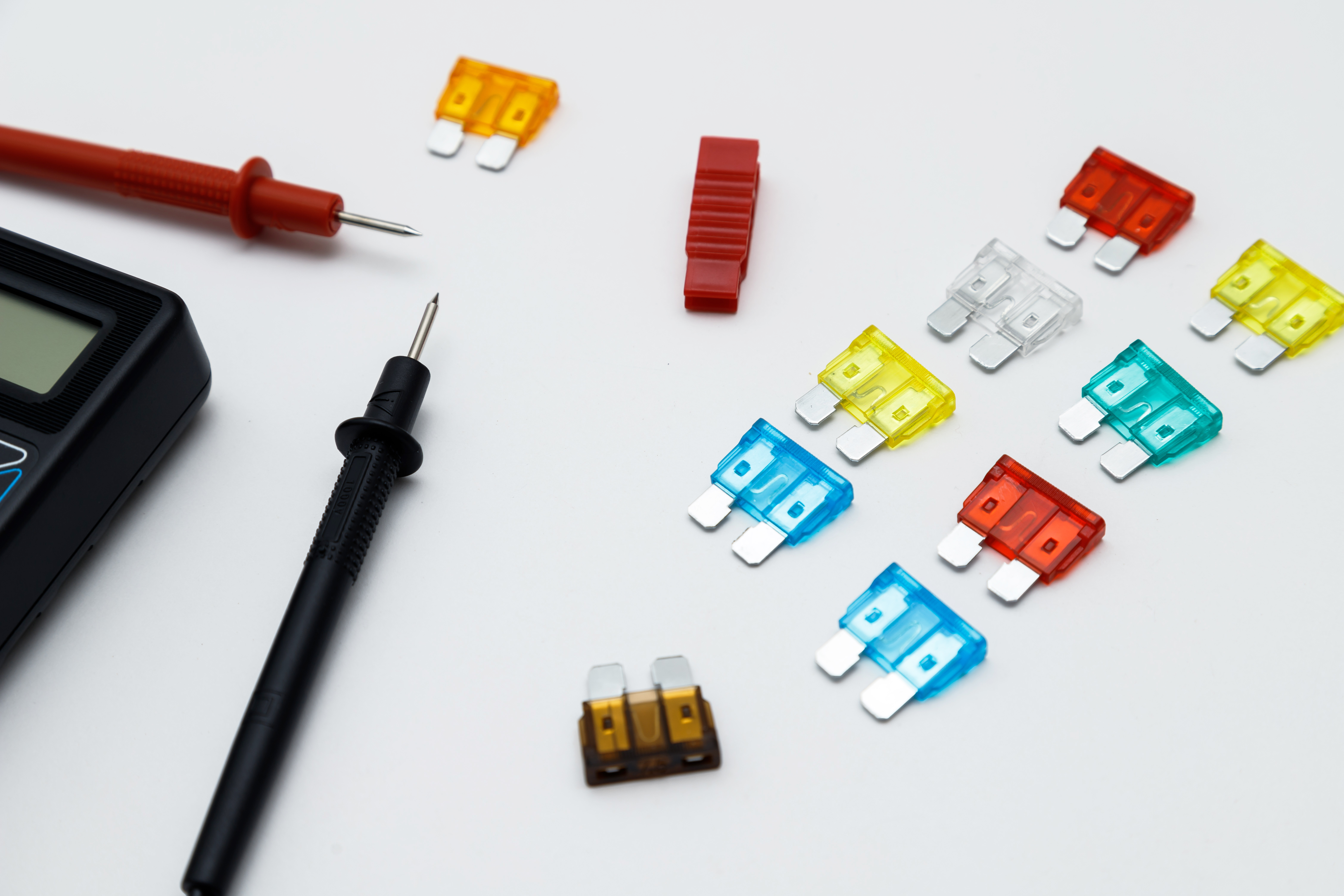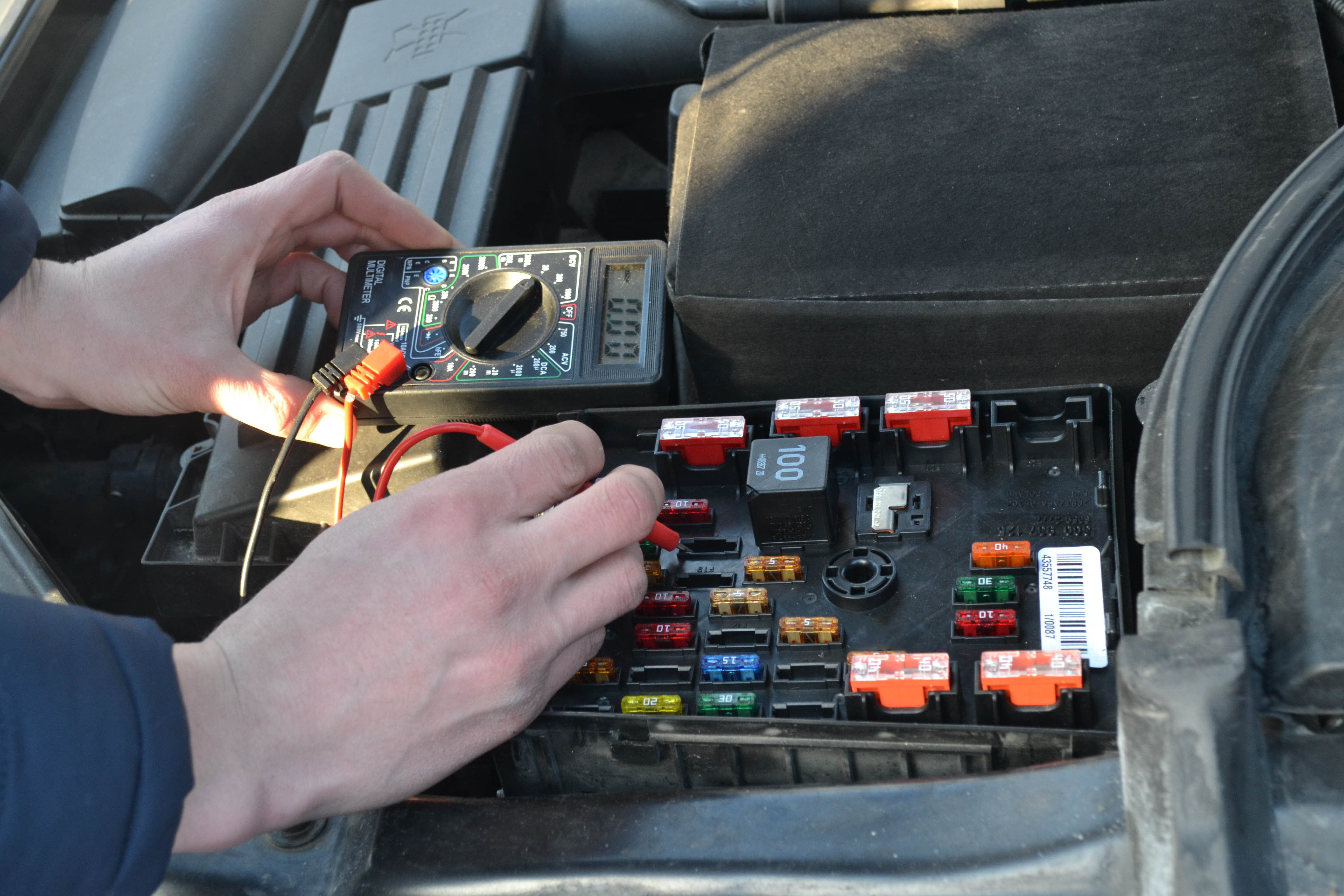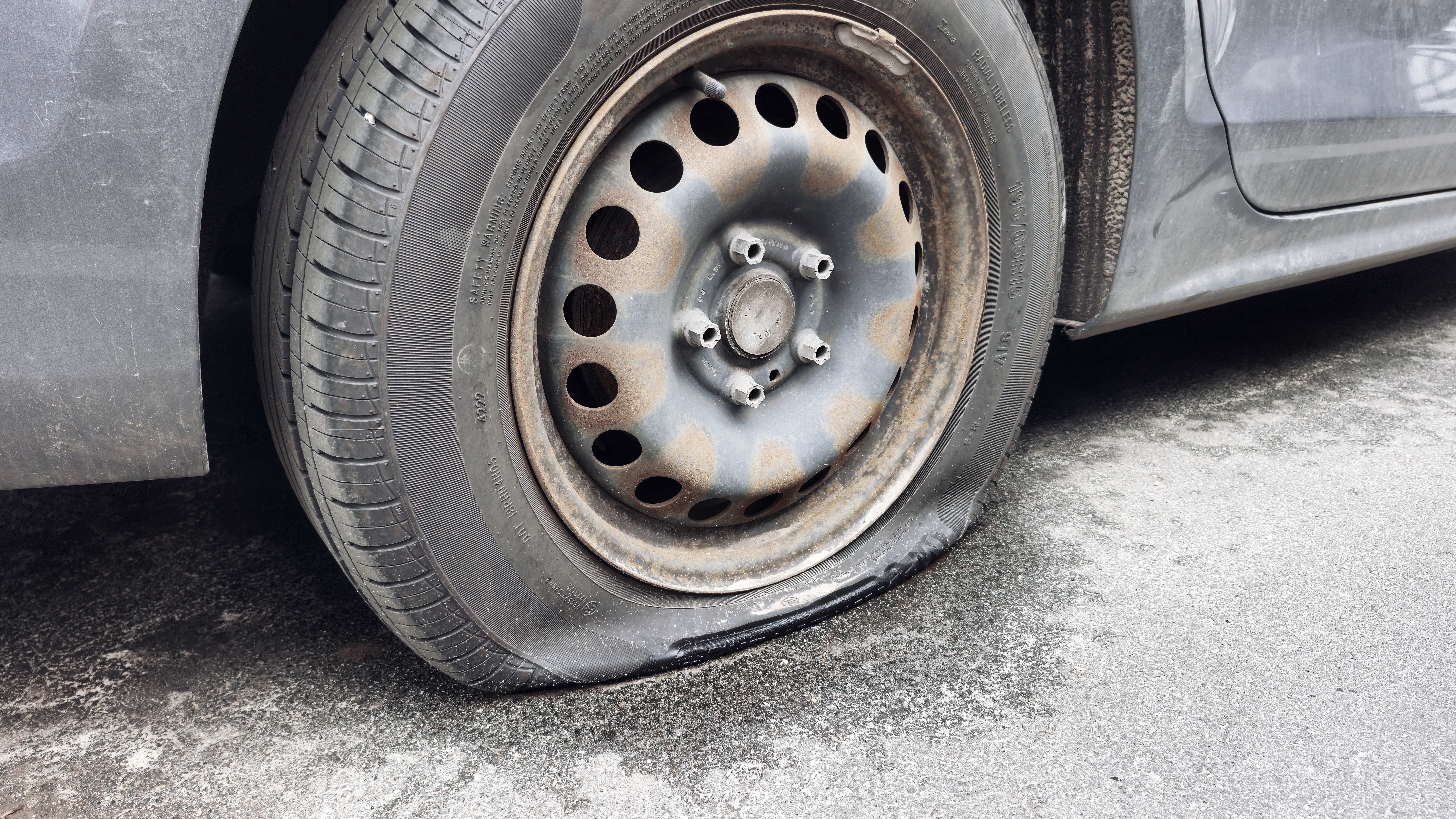Vehicle Fuse Guide 2025: Types, Symptoms & Quick Fixes
Learn how to diagnose and replace vehicle fuses easily. AutoGMS breaks down types, causes, and safety tips for mechanics.

Car fuses are small but vital components designed to protect your vehicle’s electrical system from overloads and short circuits. Think of them as built-in safety switches — when too much current flows through a circuit, the fuse blows and cuts the power, preventing potential fires or expensive damage to sensitive electronics.
From a car radio that suddenly goes silent to headlights that won’t turn on, a faulty fuse is often the root cause. By understanding the different types of fuses in your car — and how to identify or replace them — you can avoid unnecessary garage visits, save time, and keep your vehicle running safely and smoothly.
Types of Vehicle Fuses
Blade Fuses
The go-to option for most modern cars, blade fuses are compact, reliable, and easy to swap out. They come in three main sizes:
- Mini Blade Fuses (ATM, APM) – Found in tight circuits and rated between 2A to 30A.
- Standard Blade Fuses (ATO, ATC) – The most common type, typically rated from 1A to 40A.
- Maxi Blade Fuses – Larger fuses designed for high-current systems like electric power steering.
Glass Tube Fuses
These old-school, cylindrical fuses are mostly found in classic or older cars. Inside the glass casing is a thin wire that breaks when overloaded.
Ceramic Fuses
Common in European vehicles, ceramic fuses function like glass ones but are built to withstand more heat — making them slightly more durable in high-temp environments.
💡 Quick tip: Blade fuses are by far the most widely used today, thanks to their simplicity and reliability.
Car Fuse Sizes & Colour Codes: What They Mean
Fuses aren’t just sized differently — they’re also colour-coded to help you quickly match the right replacement. Each colour corresponds to a specific amperage rating, which tells you how much electrical current that fuse can safely handle.
Here’s a quick guide to some of the most common fuses you’ll find in your car:
| Fuse Size | Amperage Rating | Color |
|---|---|---|
| Mini Blade Fuse | 5A | Orange |
| Mini Blade Fuse | 10A | Red |
| Standard Blade Fuse | 15A | Blue |
| Standard Blade Fuse | 20A | Yellow |
| Maxi Blade Fuse | 30A | Green |
| Maxi Blade Fuse | 40A | Orange |
Tip: Always replace a blown fuse with one that has the exact same amperage rating and size. Swapping it for the wrong type can damage your vehicle or even cause a fire hazard.
How to Identify and Check Car Fuses
Blown fuses are a common reason for things like non-working headlights, silent radios, or unresponsive power windows. Fortunately, checking a fuse is quick and easy — all you need is a multimeter or fuse tester.
Step-by-Step: How to Check a Car Fuse
- Locate the Fuse Box Your car’s fuse panel is usually found:
- Find the Right Fuse Use the fuse panel diagram (often printed on the fuse box cover) to identify the fuse that controls the component causing issues — like the radio, interior lights, or power windows.
- Visually Inspect the Fuse Pull the fuse out and check the metal strip inside:
- Test with a Multimeter or Fuse Tester Want to be 100% sure? Here’s how:
If a new fuse blows immediately after replacing it, there may be a deeper electrical fault — best to consult a professional.

Common Signs of a Blown Fuse in Your Car
A single blown fuse can disrupt several everyday features in your vehicle. If something electrical suddenly stops working, there’s a good chance a fuse is to blame.
Here are the most common symptoms to watch for:
- Car radio stops working: This is often the first and most obvious sign — especially if the radio was working fine the day before.;
- Power windows, interior lights, or dashboard lights fail: If multiple features go down at once, they might share the same circuit — and the fuse protecting it could be blown.
- No sound from car speakers :A silent audio system (even if the radio powers on) may point to a fuse fault, especially in vehicles with separate speaker fuses.
- Headlights or tail lights not working: If you’ve already ruled out burnt-out bulbs, check the fuse next — it might be cutting power to the lights.
- Cigarette lighter or USB ports not charging: These accessories often run on their own dedicated fuse. If they suddenly stop working, it’s likely a quick fix.
Tip: If you're experiencing more than one of these issues, it's worth checking the fuse panel sooner rather than later.
How to Replace a Car Fuse (The Safe Way)
Replacing a blown fuse is one of the simplest car fixes you can do yourself — but only if it’s done safely. Follow these steps to avoid electrical damage and get things working again quickly:
Step-by-Step: Replacing a Car Fuse
- Turn Off the Ignition: Always start with the engine off and keys out of the ignition. This reduces the risk of short circuits while you work.
- Find the Fuse Panel: Most cars have one or more fuse boxes located:
- Locate the Faulty Fuse: Use the fuse box diagram (on the lid or in the manual) to identify which fuse controls the malfunctioning part. Look for signs like a broken filament inside the fuse casing.
- Remove the Blown Fuse: Use a fuse puller (usually found inside the fuse box) or a pair of needle-nose pliers. Gently pull the fuse straight out — don’t force it.
- Insert the New Fuse: Replace it with a fuse of the exact same amperage rating. Never install one with a higher rating — it might not blow when needed and could damage your wiring or cause a fire.
- Test the System: Turn the car back on and check if the problem is resolved — whether it’s your radio, headlights, or charging port.
Pro tip: Keep a small kit of spare fuses in your glovebox. It’ll save you time if something fails while you’re out on the road.
Common Mistakes to Avoid When Replacing Car Fuses
Even though changing a fuse is a simple task, small mistakes can lead to bigger problems. Here are a few pitfalls to avoid:
- Using the Wrong Amperage Fuse: Replacing a fuse with one that has a higher amperage rating might seem harmless — but it can overload your system and even cause an electrical fire.
- Ignoring the Root Cause: If a fuse blows more than once, it’s not bad luck — there’s likely an underlying issue. Replacing the fuse won’t solve it. Get the system checked by a qualified mechanic.
- Forcing a Fuse into Place: Fuses should fit snugly but smoothly. If it won’t go in easily, double-check the size or slot. Forcing it could damage your fuse box.
- Skipping the Visual + Electrical Check: Some fuses look fine but are still faulty. Always use a multimeter or fuse tester for an accurate reading before writing it off.
Final Thoughts
Car fuses are a small but vital part of your vehicle’s safety system. Knowing how to identify, inspect, and replace them can save you time, hassle, and expensive repairs down the line.
But remember — if a fuse keeps blowing or you’re unsure of the problem, it’s best to get it checked by a professional. The issue may be deeper than it seems.
Some garages now use smart tools like to manage diagnostics and electrical repairs more efficiently, meaning faster service and fewer surprises for drivers.
Frequently Asked Questions
Ready to Transform Your Workshop Operations?
Join 1000+ successful auto workshops using autoGMS to streamline operations, reduce no-shows, and boost revenue.
Related Articles
Continue reading with these related posts

